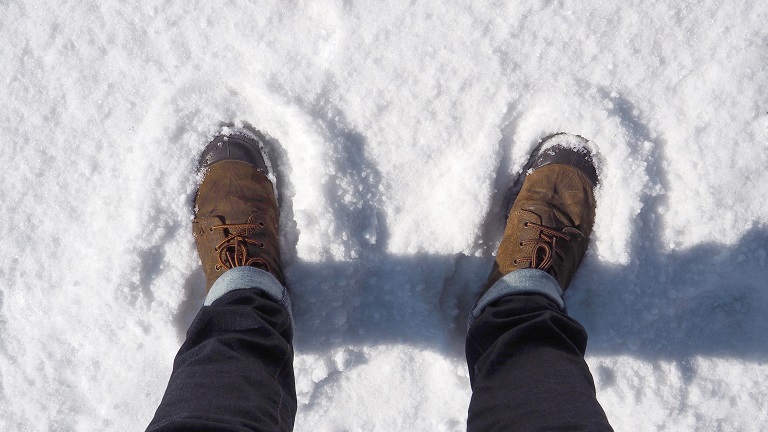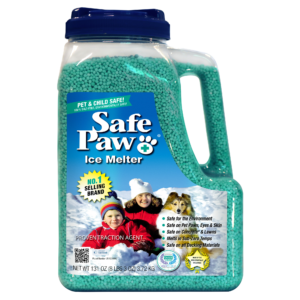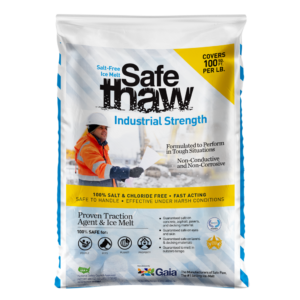How To Know When Ice Is Safe (7 Things To Check)

There is no such thing as completely safe ice. Despite this, many individuals travel out on frozen lakes, streams, and rivers without breaking through the ice each winter. While ice may not be entirely safe, some thicknesses are acceptable when the risk is low. Hence, it is crucial to know how much ice is safe to walk on.
Here Are 7 Things To Check To Know When Ice Is Safe.
1. Consult the locals.
Make no assumptions if you’re from “out of town.” Stop by the grocery store, bait shop, or local ski shop for a talk, or ask questions about recognized dangerous places and safer spots in the neighborhood.
2. Understand the various ice colors.
Melting ice, light grey to dark black, occurs even when the air temperature is below 32°F (0°C). It is not safe; its low density cannot support a load; keep away.
White to opaque ice is usually weak since it is porous from air pockets.
Blue to Clear ice has a high density. It is strong ice that is safe to be on if it is thick enough.
Mushy or rotten ice may appear thick at the top, but it is withering away at the center and bottom.
3. Keep an eye on the ice.
Examine the ice for any cracks, breaks, weak patches, or unusual surfaces.
4. How much ice is safe to walk on?
Check the ice’s thickness. The following are the general guidelines for determining ice thickness:
The ice is 4 inches thick and can sustain around 200 pounds, making it ideal for ice fishing, cross-country skiing, and walking.
A single snowmobile or ATV, weighing roughly 800 pounds, should be able to float on 5 inches of new clean ice.
5. Understand that ice strength varies from place to place, even within the same body of water. Consider the following:
Is the ice on a pond, a lake, a stream, or does it have visible moving water beneath it? What is the water’s composition: freshwater or saltwater?
6. Use proper traction to avoid slip and fall.
People sometimes use ice cleats or spikes for shoes to walk on ice. They are not ideal for mountain climbing as the spikes are not long enough to grab a slanted surface securely. Extremely rocky terrain can be tough on cleats, causing the breaking of spikes.
Walk on ice is a salt-free traction solution and provides an instant grip on snowy, icy conditions. It has naturally occurring minerals that are gentle on the eyes, skin, and paws. It has absorbers and grippers that work to give you instant traction. The absorbers soak the water layer that forms on the surface. The grippers then secure the ice with their spikes, giving you quick traction.
It is safe for people, pets, and the environment, and it works swiftly regardless of the surface temperature or condition.
7. If you’re unsure, look for alternatives rather than taking a risk that can prove to be fatal.
Make a safety plan in case of an emergency. Let others know where you will be heading. A blanket, warm clothes, hand and foot warmers, thick socks, spare tuques, candles, and matches must be included in an emergency pack.
Get ready for winter with Walk On Ice instant traction on snow and ice
Conclusion
Even if you take precautions, ice can still be unpredictable, resulting in unanticipated mishaps. Therefore the best ways to ensure safety on ice are checking its thickness and using Walk on ice, the immediate traction agent.
Other Ice Melt Products
Safe Paw
The Original and the #1 Pet and Child Safe Ice Melt for over 20 years. Guaranteed environmentally safe – will not harm waterways and sensitive wetlands. Safe Paw can change how winter affects our planet.

Safe Thaw
Imagine an ice melt you can put down and never worry about. It won’t harm pets, kids and your property. That’s Safe Thaw. Unlike anything else on the market, Safe Thaw can change how winter affects our planet.



